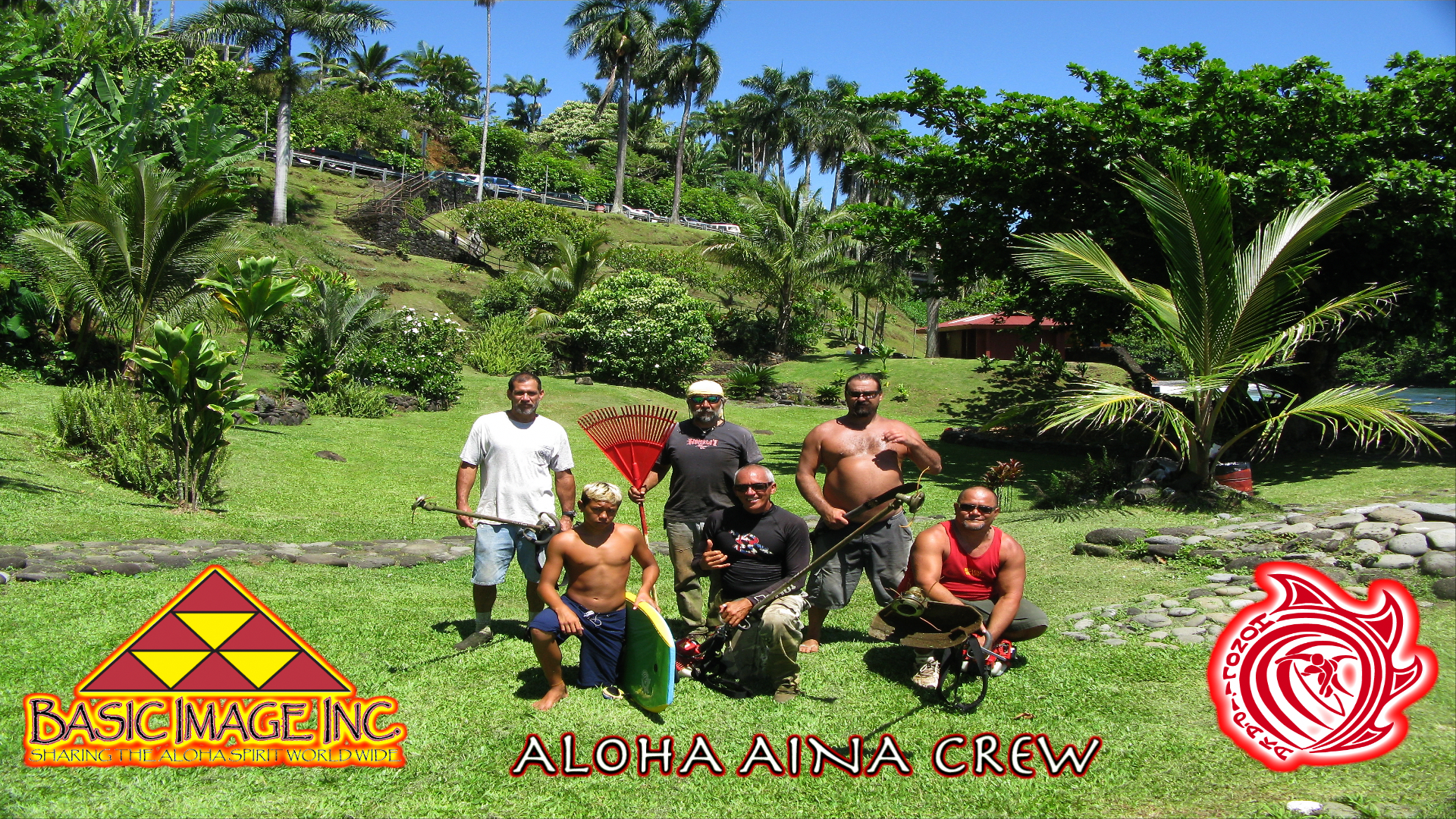Pierre Omidyar, founder of eBay, and his wife Pam just announced the launch of their Ulupono Initiative. It’s:
This will make a major difference in Hawaii’s ability to survive into the future.
I see this as a way to support free enterprise projects that can move the ball downfield in the areas mentioned. I see that this initiative can also support non-profits where applicable. All in all, it’s a very good way to utilize the energy of the people.
From the Ulupono Initiative website, some examples of the types of investments the organization is making:
The Ulupono Initiative invests in organizations and companies working to improve Hawai’i’s economy by expanding the supply of renewable energy. For example:
Sopogy is a solar energy solutions provider dedicated to inventing, manufacturing and selling the worlds most innovative and affordable solar collectors. The Honolulu firm started as an Energy Laboratory incubator initiative. The Omidyars recognized creative leadership with an innovative product that was scalable to a global level. Sopogy demonstrated the qualities of an ideal Ulupono investment. It’s a local firm with a better business model that is ripe for expansion. With catalytic investment, Sopogy has expanded to supply a global marketplace with its trademarked concentrated solar power technology.
The Ulupono Initiative invests in organizations and companies working to expand Hawai’is supply of locally grown food. For example:
MA’O Organic Farms is a certified organic farm run by the Waianae Community Redevelopment Corporation (WCRC), a non-profit organization established by area residents, traditional practitioners, teachers, and business experts to address important needs of the Waianae community: youth empowerment, sustainable economic development, agriculture, health, and Hawaiian culture. Young people are engaged through a pathway of educational opportunities while they work to operate an organic farm that grows premium quality fruits and vegetables. With Omidyar family matching funds of the Legacy Lands Act and with support from Hawai’i Community Foundation, MA’O purchased land to triple its acreage. Because high growth creates new management challenges, strategic assistance has also been provided in formulating the plans to scale the farm to its new size, with the end goal of helping the program increase the number of students served and meet growing demand for its local, organic produce.
The Hawai’i Island School Gardens Network is managed by The Kohala Center on the Island of Hawai’i. By supporting dedicated staff and offering small matching grants, the program is expanding the number of school gardens and is sparking excitement within the community. Children are growing food locally, selling and marketing their product, and tracking production. The program hopes to inspire a new generation of Hawaii farmers while it increases the production and consumption of locally produced, nutritious food.
Hawai’i BioEnergy LLC is a limited liability company established by three of Hawai’is largest landowners (Kamehameha Schools, Grove Farm Company, and Maui Land & Pineapple Company), in partnership with global leaders in the venture capital community with an emphasis in sustainability (Khosla Ventures, Finistere Ventures, and ourselves). Hawai’i BioEnergy’s mission is to reduce Hawai’is energy costs, greenhouse gas emissions, and dependence on fossil fuels and improve local agriculture through research and development of local renewable bioenergy projects. Among Hawai’i BioEnergy’s initiatives are projects conducting research and development on various sites in Hawai’i to lead to the commercialization of producing biofuels from micro-algae in Hawai’i. Learn more about Hawai’i BioEnergy.
The Ulupono Initiative invests in organizations and companies using technology in innovative ways to engage the entire community in creating Hawai’is sustainable future. For example:
Kanu Hawai’i is an innovative social movement supported in part by a matching grant from the Omidyar family. It utilizes the power of web 2.0 tools to catalyze individual commitments into community action in harmony with island values. Kanu is pioneering new methods of engaging the citizens in the effort to build more compassionate, self-reliant, and sustainable communities. It is a model for civic engagement and social change with incredible potential, here and in other communities.
You can read more about the Ulupono Initiative in its press release.


